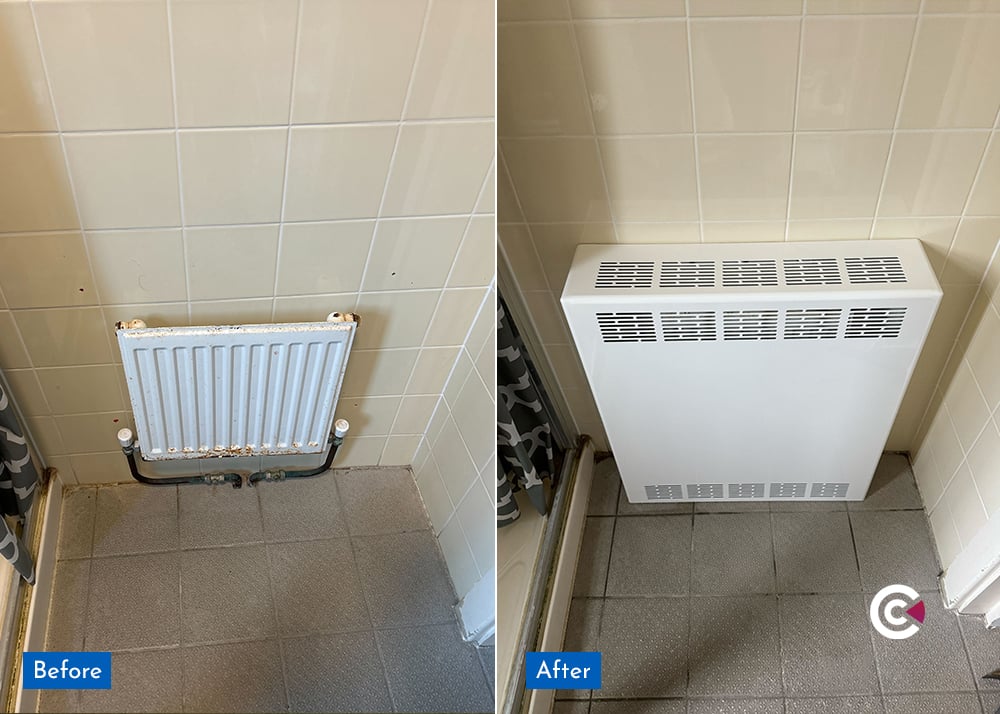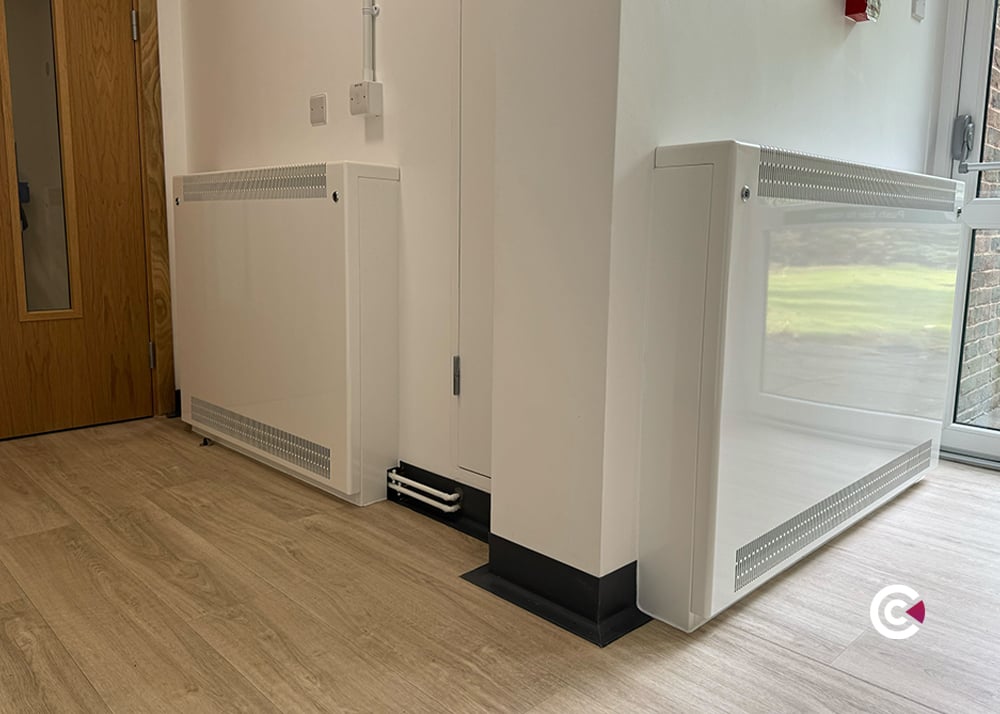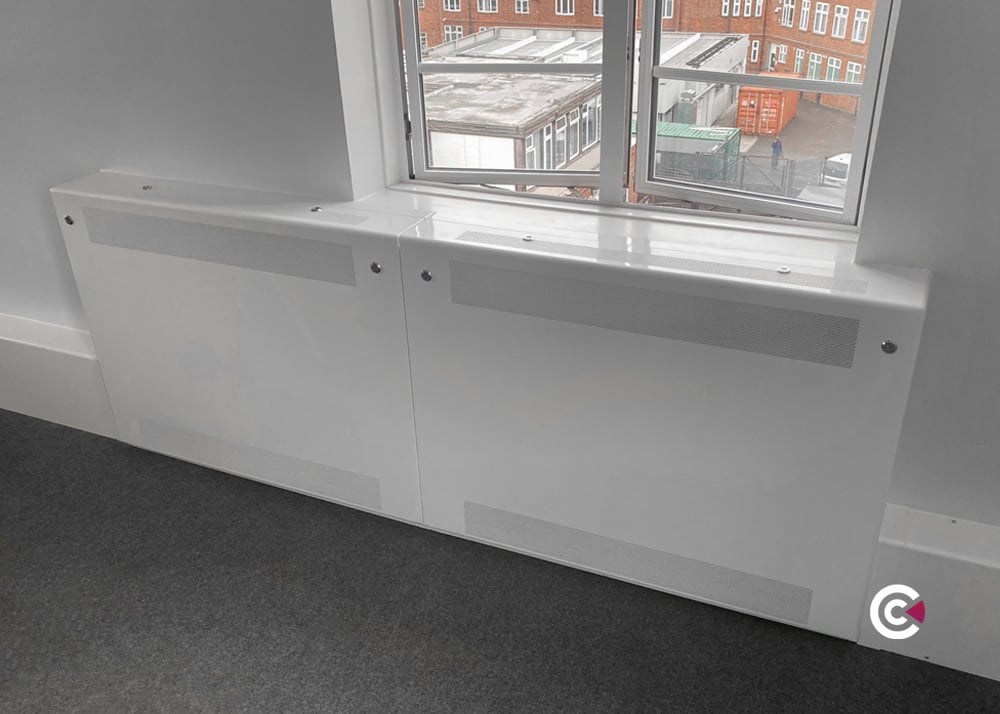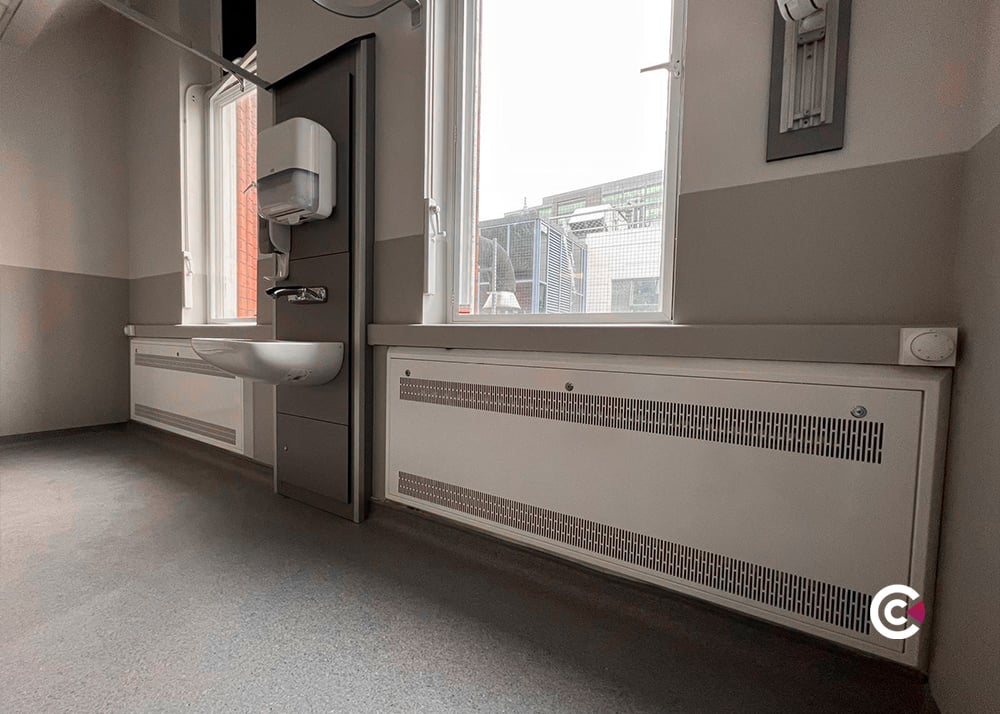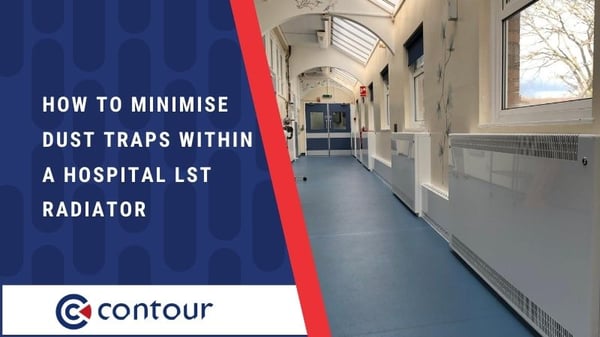
Traditional radiators can gather dust. This is due to them having open spaces that can attract a multitude of dirt and bacteria which causes them to multiply. These radiators can become difficult to clean due to them being fixated to the wall.
Dust within radiator fins can be dangerous to those with respiratory infections and complications like asthma. For some, it can inflict lung disease. With standard radiators becoming dust traps this can become harmful, especially within hospitals where there are vulnerable patients and all walks of life entering buildings.
Hospital Radiators: The Environment
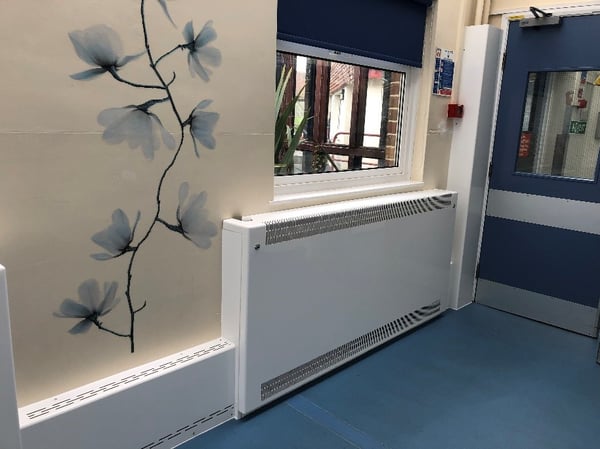
Hospitals are environments that need to be hygienic due to susceptible patients and the risks of hospital-acquired infections. For some individuals who spend a considerable amount of time in hospitals, it’s important they’re comfortable enough to feel safe and like they’re at ‘home’.
However, they have a risk of acquiring hospital infections if the radiators have a lot of dirt and dust trapped within it.
Dust is known the be harmful to human health as it contains small particles of debris and dead skin. The small size of dust means it can be inhaled and pose a potential immune reaction.
These reactions can be minor or major depending on the individual. This will notably be more dangerous to weaker individuals.
Within hospitals this is key, as dust can also serve as a ‘fomite’, possibly containing viruses and potential infections that can be passed on.
“Covered heat emitters raise the most infection control concern. Heat emitter covers allow dust to build up beneath and inside the grille. The dust has been found to contain MRSA and other potentially pathogenic organisms” (Gov, UK).
Taking this into account, hospital radiators must be able to minimise dust traps. Contour have counteracted this problem, ensuring our LST radiator guards are designed to eradicate dust build-up.
DeepClean LST Radiator
.jpg?width=600&name=Image%20from%20iOS%20(2).jpg)
Our DeepClean LST radiator guard is assembled using an original, quick release hinged door. This allows for the front casing to be laid flat on the floor so it’s swift and easy to clean.
Compared to conventional radiators where dust is rarely cleaned, Contour delivers an effective cleaning solution to help minimise dust within a hospital.
This is effective as NHS guidelines state that radiators should be cleaned every week and that radiator covers should be removed as part of a ‘damp-dusting’ cleaning regime.
Contour also use their “Open End Shoulder” design which allows covers to go wall to wall and to be fixed into tight spaces. This stops hard to reach places being formed.
Our DeepClean range introduces BioCote® at the manufacturing stage. This is an anti-microbial technology to inhibit the growth of bacteria. Working alongside cleaning regimes and hand hygiene, it delivers the ultimate hygiene protection for hospitals.
Conclusion
Contour understand where hygiene is crucial and dust can become harmful to individuals; especially within hospitals. So, we’ve made sure that our LST radiator covers minimise dust traps, dirt and bacteria – providing you with a radiator cover with optimum levels of hygiene.
-1.png)


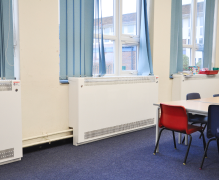
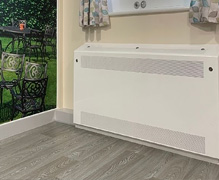
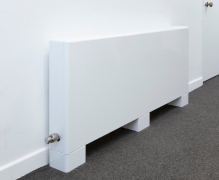
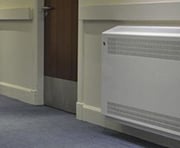
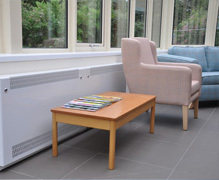

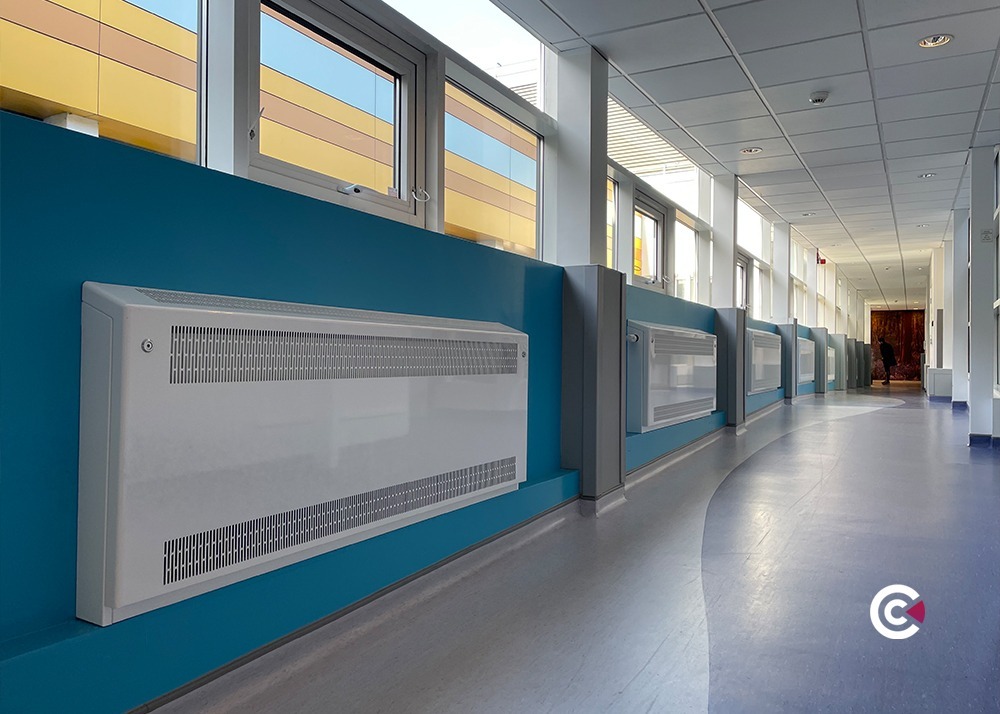
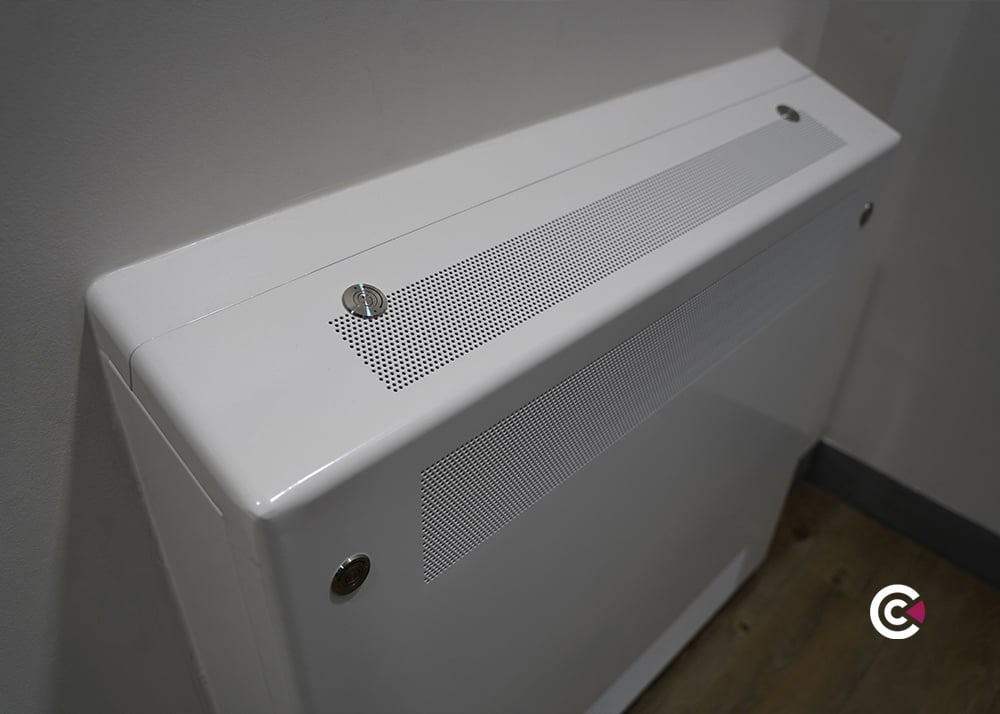

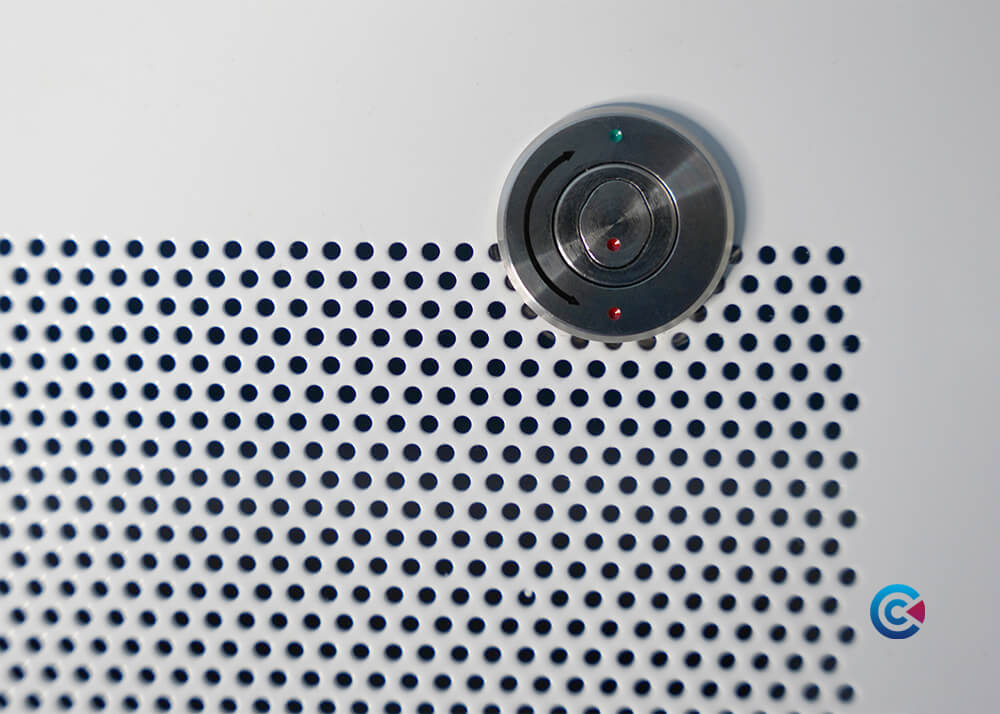




/anti-ligature%20vent%20grilles.jpg)

